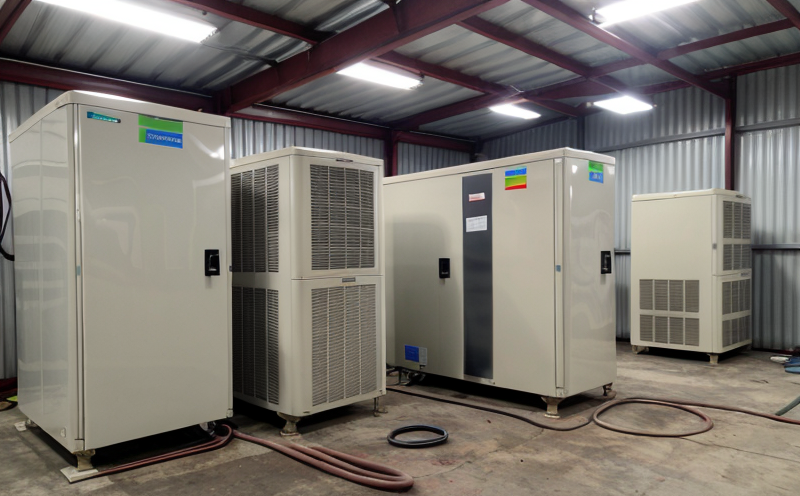EN 378-4 Assessment of Refrigerant Leakage Rates
The EN 378-4 standard is a critical tool for HVAC (Heating, Ventilation and Air Conditioning) equipment manufacturers and quality managers. This service focuses on the rigorous assessment of refrigerant leakage rates as outlined in this European normative document. The purpose of this assessment is to ensure compliance with environmental regulations and product safety standards.
The HVAC sector plays a pivotal role in maintaining indoor comfort while minimizing energy consumption. Refrigerants used in these systems are not only crucial for efficient cooling but also have significant environmental impacts due to their potential to contribute to global warming if released into the atmosphere. Therefore, the accurate assessment of refrigerant leakage rates is essential.
The EN 378-4 standard provides a structured methodology that ensures reliable and repeatable measurement of refrigerant leaks in HVAC systems. This service encompasses all stages from pre-test preparation to final reporting, ensuring clients receive comprehensive support throughout the process.
Real-world applications include periodic checks for compliance with environmental regulations, quality assurance during product development, and troubleshooting during maintenance. By adhering to this standard, businesses can demonstrate their commitment to sustainability and regulatory compliance, thereby enhancing their market reputation.
Test Parameters and Specimen Preparation
The specimen preparation involves ensuring that the HVAC system under test is in a condition suitable for accurate leakage testing. This includes isolating the system from external influences such as ambient conditions or other equipment. Once prepared, the system undergoes pressurization to simulate operational pressures.
During the actual testing, various parameters are closely monitored including temperature and pressure levels within the system. These factors significantly influence the rate at which refrigerant may escape through any imperfections in seals or joints. Careful calibration of instruments ensures accurate measurements under these variable conditions.
Instrumentation
Highly sensitive leak detectors equipped with infrared technology are used to detect even minimal amounts of escaping refrigerants. These devices operate by identifying the presence and concentration levels of specific types of halocarbon compounds associated with common refrigerants like R410A or R22.
Data Collection and Reporting
The collected data is then analyzed according to EN 378-4's criteria. Compliance with the specified limits indicates that the HVAC system meets current standards regarding refrigerant management. Non-compliance suggests areas where improvements are necessary.
| Parameter | Description | Acceptance Criteria |
|---|---|---|
| Initial Pressure | The pressure at which the system is initially charged before testing begins. | Within ±5% of design specifications. |
| Test Duration | The period over which the leak detection process takes place. | No less than 24 hours. |
| Temperature Range | The range within which tests are conducted to simulate real-world operating conditions. | -10°C to +35°C. |
| Refrigerant Type | Type of refrigerant present in the system under test. | R410A, R22 as examples. |
The final report provides detailed findings including measurements obtained during each stage of the test procedure. It also includes recommendations for corrective actions if any non-compliance is detected.
Applied Standards
The primary standard applied in this service is EN 378-4. This European normative document specifies procedures for determining refrigerant leakage rates in HVAC systems. It aligns with similar international standards such as ISO and ASTM, ensuring global consistency.
Quality and Reliability Assurance
- Use of calibrated state-of-the-art leak detection instruments.
- Standardized testing protocols to ensure consistent results.
- Training for personnel involved in conducting tests according to best practices.
- Regular calibration checks on equipment used during assessments.
These measures guarantee that every assessment conducted adheres strictly to the requirements set forth by EN 378-4. This commitment ensures high quality and reliability of the results produced, providing peace-of-mind for our clients.





